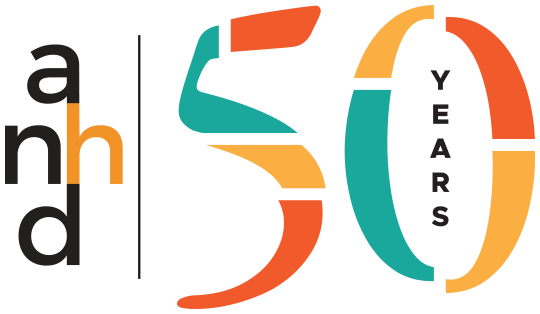
The ANHD Blog raises the profile of our issues, and educates our member groups, city decision makers, and the general public on our core issue areas. The ANHD Blog offers sharp, timely and effective commentary on key public policy issues, as well as our work and the work of our member groups.
All of our blogs are sorted based on the issues, projects, special tags, and dates they are associated with, and you can use the dropdowns below to filter through our blogs based on these tags. Additionally, you can do a general search through our blog, using the search bar the right. If you can’t find what you are looking for, email comms@anhd.org.
NYC's First Banking Needs Assessment
The NYC Community Investment Advisory Board (CIAB) took an important step forward in its role to hold banks more accountable to the needs of NYC’s lower-income people and communities. The CIAB completed its first report as mandated by the NYC Responsible Banking Act (RBA): “2015 Needs Assessment: a Biennial Report assessing the credit, financial and banking services needs in New York City.”
The NYC Community Investment Advisory Board (CIAB) took an important step forward in its role to hold banks more accountable to the needs of NYC’s lower-income people and communities. The CIAB completed its first report as mandated by the NYC Responsible Banking Act (RBA): “2015 Needs Assessment: a Biennial Report assessing the credit, financial and banking services needs in New York City.” The CIAB was created under the newly implemented RBA and is tasked with carrying out the mandates of the RBA to produce a needs assessment every two years and an annual report to evaluate how well depository banks are meeting those needs. This first report is the culmination of a three month process whereby the CIAB analyzed public data and community input gathered through public hearings, written comments, and an online survey.
Not surprisingly, the public data on home lending, business lending, and branching reveal long-standing disparities. For lower-income and minority people and neighborhoods, lenders make fewer 1-4 family home and small business loans; make more subprime loans; and have higher denial rates. In these same neighborhoods, banks operate fewer bank branches – in some areas none at all. Disparities are particularly stark in areas like the South Bronx, East New York in Brooklyn, and parts of Western and Southeast Queens where rates of subprime lending ranged from 9-18%, versus just 1.8% citywide and less than 1% in Manhattan. Denial rates in these areas ranged from 30% – 50% versus 23% citywide and just 17% in Manhattan. Similar disparities exist in branching and small business lending.
The report also summarizes the public comments related to access to banks, banking products and credit for individuals, nonprofits, and businesses. A few needs came across loud and clear:
- Access to banking: Banks need to open branches in under-served areas and provide free or low-cost products with no high and hidden fees such as overdrafts. Banks should welcome immigrants through language access, culturally competent staff and products, and accepting the NYC ID. Products include bank accounts, credit building products, and other products that serve the financial needs of lower-income New Yorkers.
- Responsible lending to responsible landlords: Banks must be held accountable for speculative lending and lending to bad-actor landlords whose practices lead to poor housing conditions, harassment, and eviction.
- Access to credit for home and small business loans: Banks can do this through intentional outreach; responsible, affordable products; financial assistance; and pre/post-purchase counseling and small business supports
- The foreclosure crisis is not over and its impact lingers. Banks need to make more loan modifications; grant principal reductions; maintain properties in good condition, and work with borrowers to prevent foreclosures.
- Support for community based organizations and nonprofit developers. Banks need to provide grants, loans and investments for nonprofit developers and community-based organizations. CDFI’s were also highlighted as important investment vehicles as they make home and small business loans to many of the people the RBA is meant to target.
The CIAB also published spreadsheets and maps of the data, allowing the public to compare neighborhoods and analyze trends over time. What is missing from the report is a clear set of benchmarks and best practices within each category, although some good practices and recommendations are mentioned throughout (accepting the municipal ID for example). We hope the annual report helps refine what banks are and aren’t doing and can help inform these criteria in the next needs assessment.
We understand this is the first year of what we hope will become a permanent part of NYC’s governance each time banks are considered for holding city deposits. We appreciate the hard work and dedication of all involved – the Community Investment Advisory Board members, the staff at the Department of Finance, and the consultants at EConsult.
We look forward to Fall 2015 when we can participate in the public hearings for the annual report to assess how well banks are meeting these needs.
Access the needs assessment and all maps and spreadsheets here: http://www1.nyc.gov/site/finance/about/ciab.page
Learn how you can participate at ANHD’s Bank Reinvestment Page: https://www.anhd.org/?page_id=33h
CLICK HERE for recent press on ANHD’s stand on key community development issues.





